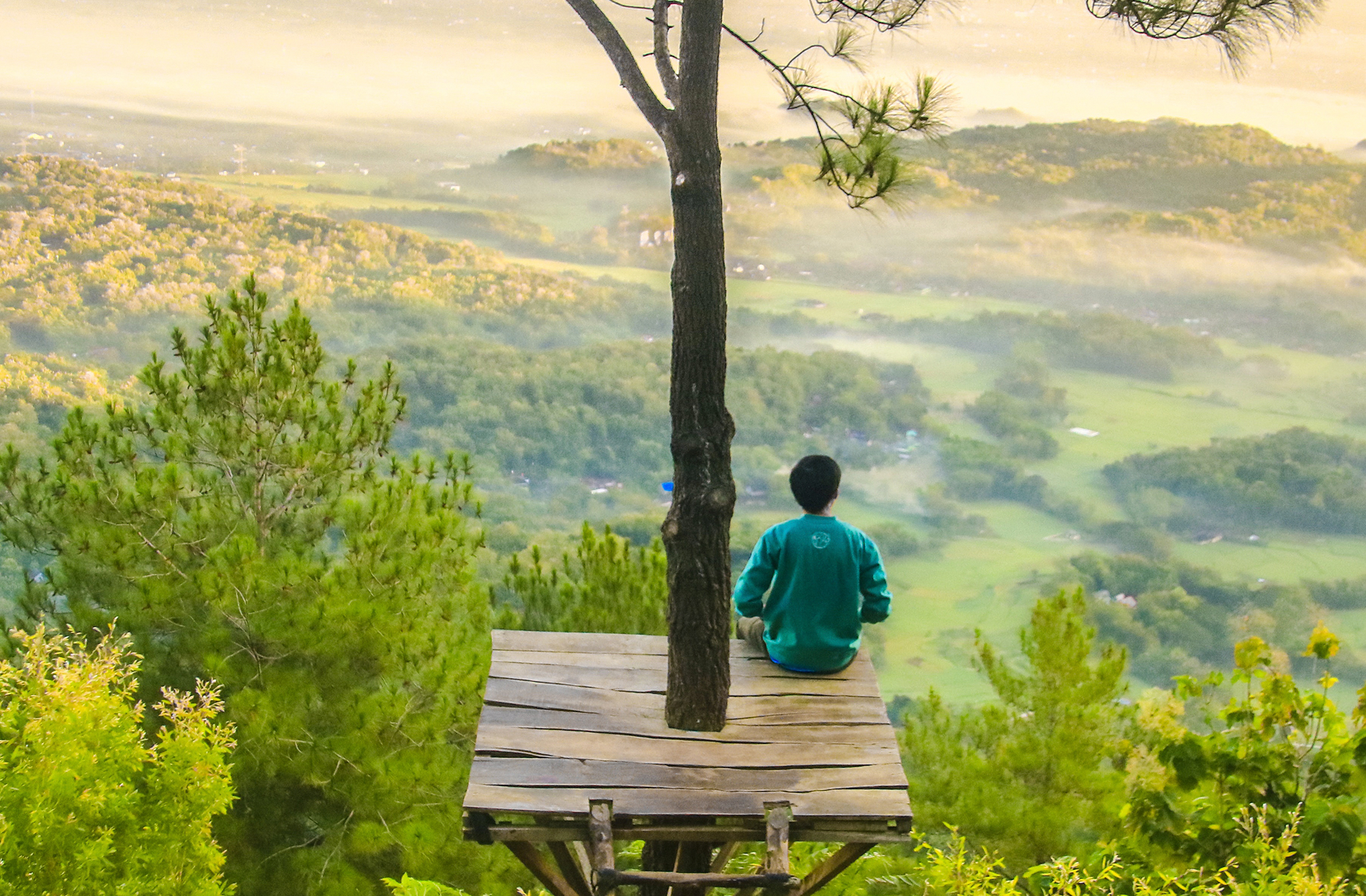When I was commuting daily to work, I would leave the house in the morning when the air was brisk and enjoy my walk down the gradual slope to the station. Coming home was a different story. I would be tired after a long hard day of work and I had to walk uphill to get home. Even before I started the walk, I would dread it. The walking itself had no meaning for me, it was merely an unavoidable bother to be endured in order to arrive at home. On the rare occasion when I was able to get a ride home, I was grateful. I just wanted to get home with the least effort possible. One day, on my way home while I was standing and waiting for a traffic signal, I had an insight. I was walking every day only because I had to in order to arrive at my goal. I wondered if perhaps this was not a metaphor for the way I was living my life. I was always thinking about how to finish the task at hand. It had become a way of life to jump from one thing to the next as soon as a task was completed. I recognized meaning in and attributed value to the speed and efficiency with which I could accomplish something.
From a work standpoint these are surely valuable qualities, but they can become a drawback when they are translated into how we live our lives. That is because we only see the goal and do not look at the value of the process itself. If we were to say that the only meaning there is in life on this earth is to reach our ultimate goal, which is death, then it sounds very strange indeed. After I became aware of this, I began to pay attention to the walk itself and to the process.
Around that time, I was attracted to a certain person’s way of walking. He walked in a leisurely manner, at a steady pace and in what appeared to me to be a refined manner of walking. I decided on the spur of the moment to ask him about the secret of the way he walked. He literally took my hands and directed my feet and taught me how to walk his way.
On the surface, this would seem to be a simple task, but it was actually quite difficult. My walking habits had developed over decades and were not easily changed. At the beginning, it felt terribly awkward and I wound up walking rather like an orangutan, but as I practiced for several weeks, my way of walking began to change. As it happened, the new way of walking proved to be very comfortable, I could walk long distances without tiring.
Now I enjoy walking and I walk not only for the purpose of getting to my destination. My heart has gradually been opened to what I might encounter along the way and I have made some unexpected discoveries that have left deep impressions on me.
Now when I walk in this new way and when I tackle various tasks, I not only care about the finished product, but also the significance of the process. When I face problems, I believe and expect that there is not only meaning in the solution, but also in the time in which I am hoping for a solution. I am practicing a new way of walking with my heart as it were.
The two disciples on the road to Emmaus had a profound experience not only at their place of destination, but also along the way on their journey. (Luke 24:13-35) Of course it is important to aim for the goal but the way we get there and what happens to us along the way are just as important. If we only focus our eyes on the results, we will miss seeing the significant things, the wonderful things that happen on the way.
‘Look carefully then how you walk, not as unwise men, but as wise, making the most of the time. . . ‘ (Ephesians 5:15-16)
In the Bible, walking is used as a metaphor for life. There are passages that speak of four basic activities of every-day life, walking, standing, sitting and lying down. These represent different aspects of our lives. (See for example Psalm 1:1, 139:2-3, etc.) Literally walking, standing, sitting and lying down.
After my self-examination about how I walk and its relationship to how I live, I also began gradually to reflect on how I sit and stand. Sitting has to do with composing oneself and becoming quiet, a time when body and heart can be fully present with each other. This has to do with prayer. Standing is associated with stopping, putting down roots in firm ground where one can take a stand with solid support. Just as I had relearned how to walk, I am now making an attempt to relearn how to sit and how to stand.
In addition, I am also feeling the need to relearn how to lie down—in other words, when the activities of the day are ended and the day draws to a close, how to take a rest. I have been reading a book by Shizuteru Ueda in which he comments on Luther’s words, ‘Here I stand, I can do no other.’ In his book, he challenges the self-assertion and egocentricism of our world today where we are urged to stand up for ourselves with an appeal to our true identity found in our resting in the realization of our dependence on God and others.
